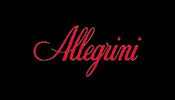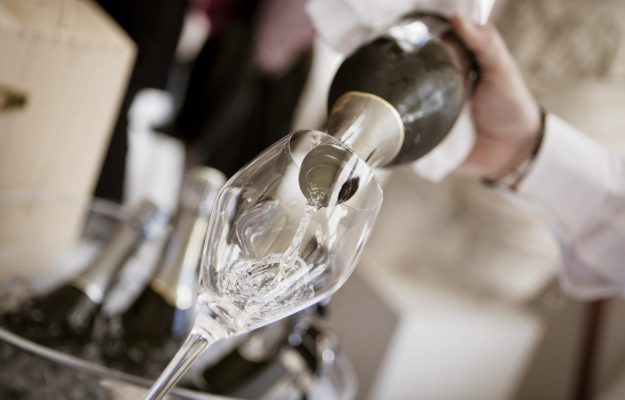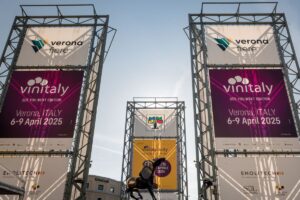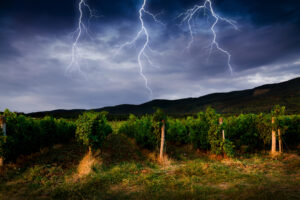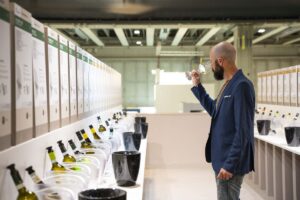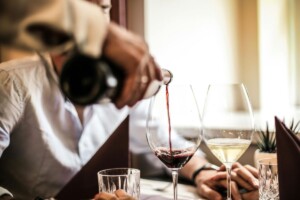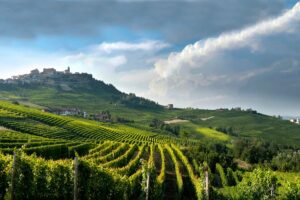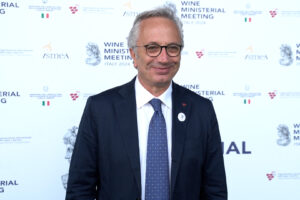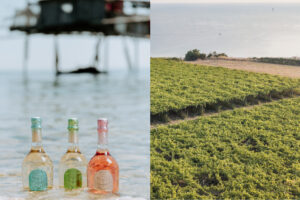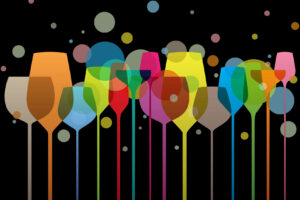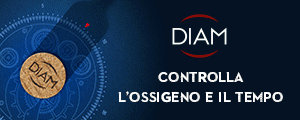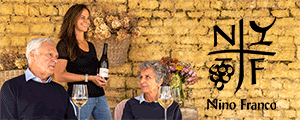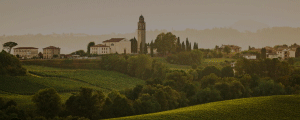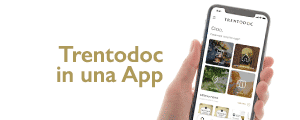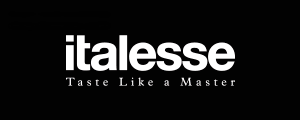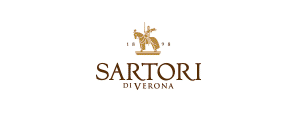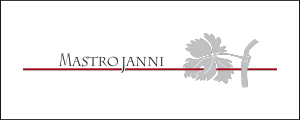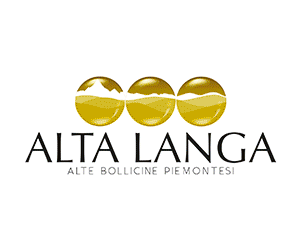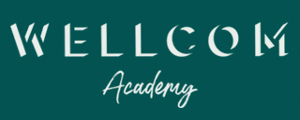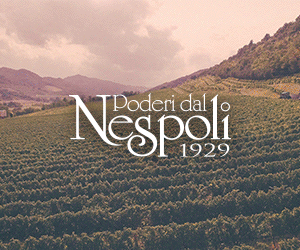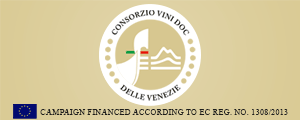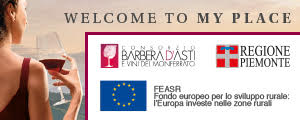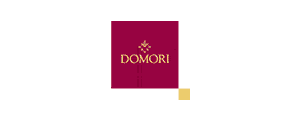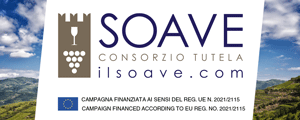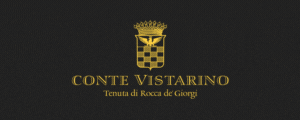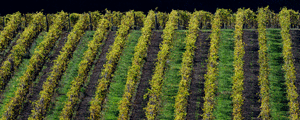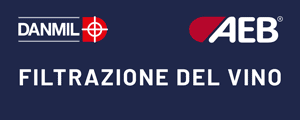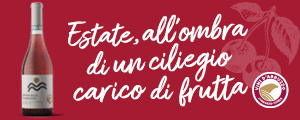Italian sparkling wines have closed 2022 once again at almost 1 billion bottles (978 million), revealed the UIV-Vinitaly Observatory, which processed bottling data collected from the certification bodies. The figure marks a slight increase (+4%) on the superabundant 2021 (+25%), while table and varietals (+10%) did better than sparkling DOC-PGI (+3%, 807 million bottles). By territory, 85% of Italian PDO-PGI sparkling wine came from the Venetian region (683 million bottles), followed by Piedmont (9% and 72 million), Lombardy (3% and 24 million bottles), Trentino (2% and 16 million ) and Emilia-Romagna (1% and 7.4 million).
On the domestic market, in 2022 sales in Italy closed at +1% (284 million bottles consumed), -3% on the retail circuit and +5% on the restaurant-bar circuit. However, the performance should not be underestimated, even though the real winners on the mass retail channel are the non-Prosecco Charmats, which showed large growth in general (+13%), but, above all, at discount stores (+22% per year). Domestic consumption of sparkling wine has reached its level of maturity. That is, in 2022, the share of total wine was 13.5% (it was 9% in 2015), and Prosecco, as usual, was the biggest star in sales at 44% volume share
“In Italy”, Paolo Castelletti, General Secretary of the Unione Italiana Vini-UIV, said, “a new way of consuming sparkling wine is becoming more and more established. Historically, consumption of bubbles in Italy is concentrated around the Christmas period, and as a matter of fact, in the month of December alone, up until 2015, it was 40% of the total. In the past few years, however, there has been a gradual increase in consumption in other periods of the year as well. In the summer, consumption reached almost 30%, but also in the period after-Christmas to spring, the consumption share is more than 30%”.
Exports are doing even better, confirming the driving role of Italian sparkling wines on the entire sector. In 2022, Italy exported 5.2 million hectoliters of sparkling wine, up +6% compared to 2021, while 3.7 million hectoliters were Prosecco (+6%) and 461.000 hectoliters were from Asti (+9%). There was a very big increase in export values, more than +19% for the total category and 2.2 billion euros in value. Prosecco is still the driving force behind exports (+22% value, 1.6 billion euros), but Asti Spumante is also growing rapidly, soaring to +16% and 168 million euros in sales. According to Maurizio Danese, CEO of Veronafiere, “compared to 2010, the value of Italian sparkling exports has grown almost +400%, due to the performance of Prosecco, which represents a case study for other Made in Italy sectors as well. In 2022, Italian sparkling wines were sent to 168 destinations, marking an increasingly global dimension, and this is reflected in the scale of international participants at “Vinitaly”, which hosts a record number of top buyers this year and a highly business-oriented event”.
According to the UIV-Vinitaly Observatory, now sparkling wine accounts for 24% of total export volume, while in 2015 alone it was 14%, and 7% in 2010. Today, bubbles are the number one product exported to main player markets such as the UK (44% share compared to 9% in 2010), France (49% compared to 12%), Russia (44%), Belgium (39% compared to 17% 12 years ago) and Austria (33%). In the USA, the number one market in terms of value, sparkling wines, at 33% market share are behind whites (36%) but ahead of reds (24%). Just seven years ago, bubbles were at 17% compared to whites at 45% and reds at 30%.
Copyright © 2000/2024
Contatti: info@winenews.it
Seguici anche su Twitter: @WineNewsIt
Seguici anche su Facebook: @winenewsit
Questo articolo è tratto dall'archivio di WineNews - Tutti i diritti riservati - Copyright © 2000/2024



